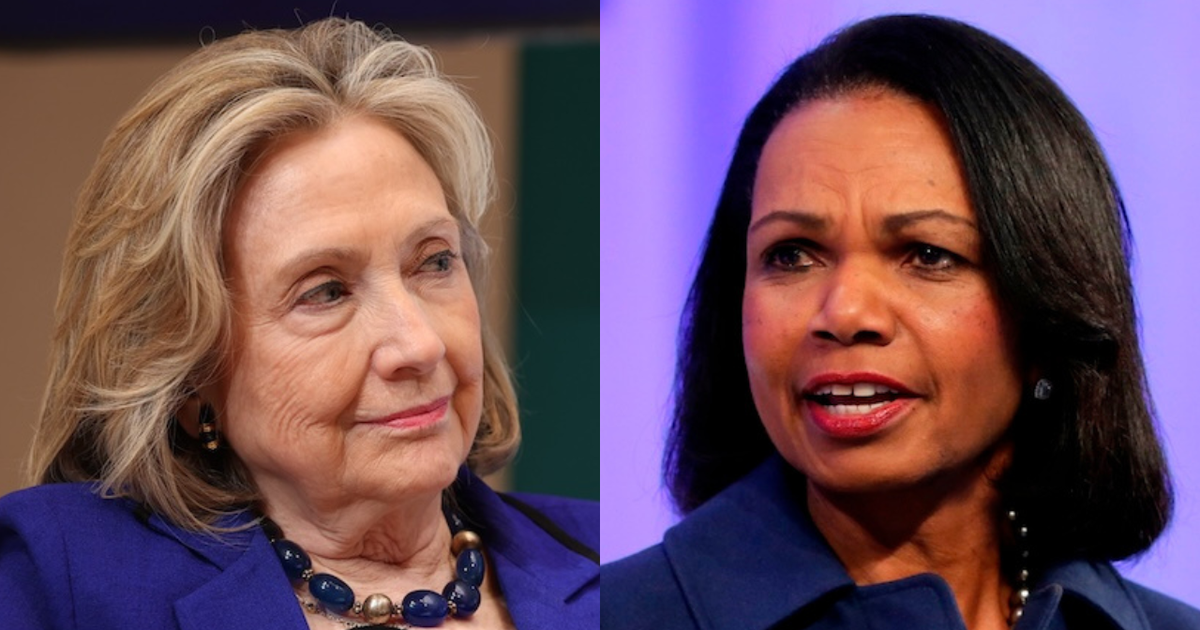Australian cricket risks losing its top players to overseas leagues and missing out on the chance to attract Indian stars such as Virat Kohli unless it opens up the Big Bash League to private investment, Cricket Australia chair Mike Baird has declared.
The proposal to sell up to 49 per cent of BBL teams to private investors, such as Indian Premier League owners, tech moguls and local buyers, looms as the first privatisation of Australian cricket since Kerry Packer’s World Series Cricket revolution.
Following this masthead’s revelation that the chairs of three out of six states had written to CA to warn against rushing into private investment, Baird got on the front foot to talk up what he termed the “opportunities and risks” of selling off BBL teams – or choosing not to.

CA chair Mike Baird.Credit: Getty
Former NSW premier Baird said he and CA chief executive Todd Greenberg had held a “constructive” meeting with state chairs in Melbourne last week, and still expected a decision on private investment before the end of the year.
Baird insisted there were risks of Australian cricket being “left behind” by other franchise leagues, particularly those with IPL-linked Indian investors, as both local and overseas players looked elsewhere for the best value contracts. The BBL is played at the same time as the South Africa and UAE T20 league, which pay upwards of $1 million for the top players. The top BBL players can earn about $400,000 a season.
“That’s one of the challenges we’re facing,” Baird said of the prospect of Australian players pushing to play in competing leagues in South Africa and the UAE over the home summer. “Whether in sport or business, if you have competitors that are active, and providing opportunities, you need to consider that.

Australian cricket is considering selling off its Big Bash League franchises.Credit: Chris Fowler
“We’re very confident in the BBL and WBBL, we think they still remain one of the best leagues in the world, but we can’t be complacent, and what we’re seeing are shifts in terms of focus and salaries, and unless we respond, we have a risk of being left behind. That’s something we need to wrestle with.
“The [overseas] investment in players is significant, it’s at an all-time high, and as an administrative body you’ve got to respond to that. So part of what we’re weighing up is how to stay competitive, how do we make the best league for our fans and players, and there’s undoubtedly work to do as the rest of the world is moving.”
Former Indian Test spinner Ravichandran Ashwin is currently in talks with Greenberg to play in the BBL, eligible only because he has quit both international cricket and the IPL. But Baird said talks were continuing around opening up overseas leagues to a far greater Indian contingent.
“The onus on us is to ensure the best possible players are available,” he said. “In terms of discussion I’ll continue to talk to India about the opportunity for Indian players to play. Every single league would be looking to do the same thing.
“You want the best possible players to be playing in your league. However that looks, whatever leaders you need, if you haven’t got the Test players, then you’re not delivering the best outcome for your fans and you’re certainly not providing the best opportunity for growth long-term in terms of revenues that come with that.”
A partly privatised BBL would start on Christmas Day and run through January, but Baird reiterated that the Boxing Day and New Year’s Tests were not at risk. Australia’s international players would be available from the end of the Sydney Test, when a window clear of international cricket would commence.
Baird said the prospect of a “mixed” ownership model where some clubs are sold and others kept with states under the current 30-year licence agreement with CA was a possibility.
“There’s an open mind to how we potentially structure something, but until we get to a position where it’s definitely something we want to do, that will remain a hypothetical.”
Baird, whose current term as chair of CA expires in October 2026, is simultaneously involved in talks around selling off BBL clubs but also plans for the international calendar after 2027. The expectation is that a quite different schedule will be drawn up with more room for T20 leagues and fewer bilateral matches devoid of context.
“Australian cricket is at a critical juncture, there are significant opportunities for us that could set the game up for a generation,” Baird said. “There is a very constructive discussion being taken by chairs and CEOs across cricket.
“In terms of a decision, the only way we would make a positive decision is if every part of cricket benefited. That starts at grassroots, infrastructure and participation, it provides opportunities for players, for high performance, it gives fans increased experiences in ways currently not imagined, and it provides an engine for growth for long-term investment in the game.
“That’s the only way you would consider this, that there’s significant benefit for the whole of the game. Our ambition is not just to tread water. It’s how do we grow the game.”
Most Viewed in Sport
Loading


















































